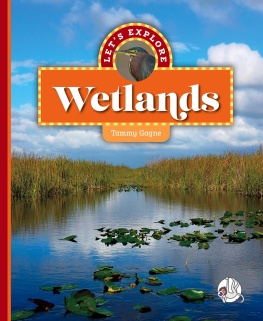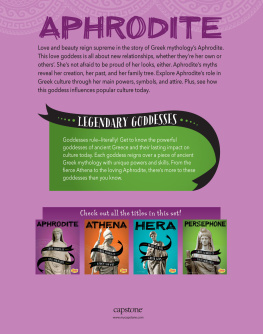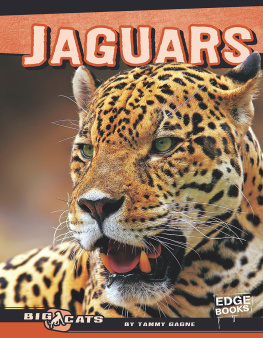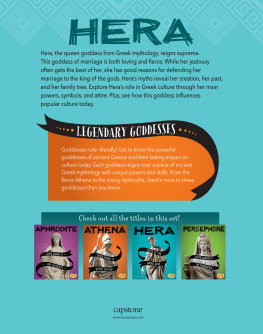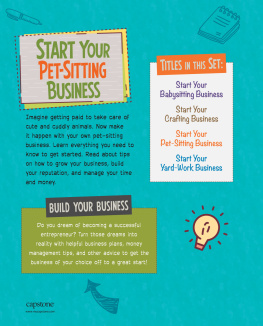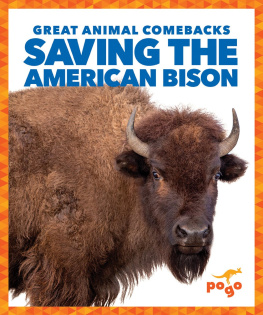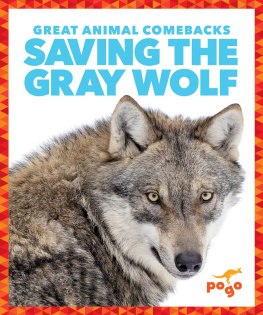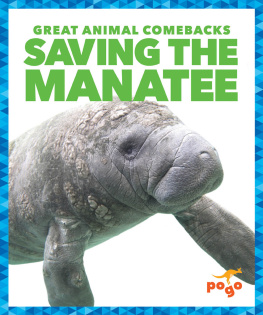Published by The Childs World
800-599-READ childsworld.com
Copyright 2023 by The Childs World
All Rights reserved. No part of this book may be
reproduced or utilized in any form of by any means
without written permission from the publisher.
Photography Credits
Photographs : Stubblefield Photography/Shutterstock
Images, cover (green heron), (green heron), back
cover; Chin-wen Chiang/Shutterstock Images, cover
(background), (background); M. V. Photography/
Shutterstock Images, ; Ryan M. Bolton/
Shutterstock Images, ;
Shutterstock Images, ;
Lorraine Hudgins/Shutterstock Images, ; Rini Kools/
Shutterstock Images, ; Irina Wilhauk/Shutterstock
Images,
ISBN Information
9781503858015 (Reinforced Library Binding)
9781503860377 (Portable Document Format)
9781503861732 (Online Multi-user eBook)
9781503863095 (Electronic Publication)
LCCN 2021952378
Printed in the United States of America
ABOUTTHEAUTHOR
Tammy Gagne has written
hundreds of books for both
adults and children. She lives in
northern New England with her
husband, son, and pets.
CHAPTERONE
Wetlands are areas where the soil is soaked
with water. Two types of wetlands exist. Coastal
wetlands are near the ocean. Some types of
coastal wetlands include salt marshes and
mangrove swamps. Salt marshes flood and drain
as saltwater tides move in and out of an area.
Mangrove swamps also fill and empty with tide
water. But they contain large trees and shrubs.
Inland wetlands are not near the ocean. They
include swamps and freshwater marshes.
Many animals and plants live in wetlands.
Each one plays a part in the ecosystem . All
living things depend on each other in one way or
another. The ecosystem is healthy when all life
there is doing well.
CHAPTERTWO
CATTAILS
Cattails are common plants found in wetlands.
They help in many ways. Cattails are food
for small fish and insects. The tall plants also
provide shelter for tiny animals and birds.
Cattails also protect the shoreline. Wind and
water can move fast. But these strong plants just
sway as the wind picks up. They also slow down
water flow. This helps the wind and water do
less damage to the land over time.
SWAMP CICADAS
Swamp cicadas (sih-KAY-duhz) are insects found
in the eastern United States. They spend most of
their lives underground. Some types of cicadas
come above the ground every year. Others only
emerge after many years. They do so to lay their
eggs and keep the species going.
Many cicadas serve as food for other animals.
Birds and lizards eat large numbers of them.
Cicadas help wetlands as they move through
the ground. The insects make tunnels. These
tunnels bring air into the soil. This helps plant
roots grow. Cicadas even help the soil when
they die. As their bodies break down, they add
important nutrients to the soil.
TREE FROGS
Tree frogs are found on every continent except
Antarctica. Tree frogs need wetlands to survive.
Many cannot live for long if their skin dries out.
Young tree frogs serve as food for large
insects, fish, and birds. Larger fish, birds, and
snakes eat the adult tree frogs. But tree frogs
colors help many of them avoid predators . Tree
frogs blend into many wetland environments.
Some tree frogs even change color.
Tree frogs help wetlands
by eating insects such as
flies and mosquitoes.
Without these frogs, there
some wetland
would be too many of
ecosystems eats more
these insects.
than 50,000 insects
per 1 acre (.4 ha)
each year.
DIDYOUKNOW?
There are hundreds of different types of
tree frogs. More than 30 types can be
found in the United States.
WESTERN POND TURTLES
The western pond turtle is found on the west
coast of the United States. This turtle is an
omnivore. That means it eats both animals and
plants. The western pond turtles diet includes
cattail roots, insects, and fish. Turtles help
wetland ecosystems by keeping insect numbers
in balance. They also help control the number of
plants. This leaves room for new plants to grow.
The western pond turtle also serves as
food for many other wetland
animals. Birds, bullfrogs, and
larger fish all eat western
pond turtles. Even small
Baby western pond
predators will hunt young
western pond turtles.
turtles are only about the
size of a quarter.
DIDYOUKNOW?
GREEN HERONS
The green heron is just one of many bird species
that live in wetlands. This heron is found in most
of North Americas wetland ecosystems. Green
herons live their entire lives close to water.
Green herons are skilled hunters. They
mainly eat fish. But their diet also includes
insects, frogs, and rodents. They will even eat
lizards and snakes. The herons play a big part in
balancing the numbers of other animals.
Scientists study green herons to learn how
much pollution is in the water. The water is
usually cleaner where these birds are thriving.
When the herons struggle, it usually means that
the water is polluted.
WATER MOCCASINS
One of the fiercest predators in some wetlands
is a snake called the water moccasin. This
venomous snake lies in the sun during the day.
But at night it starts hunting. It attacks prey
both on land and in water.
Water moccasins play a key role in their
ecosystems. They eat fish, frogs, turtles, and
other snakes. Without water moccasins, the
numbers of these animals could quickly grow

